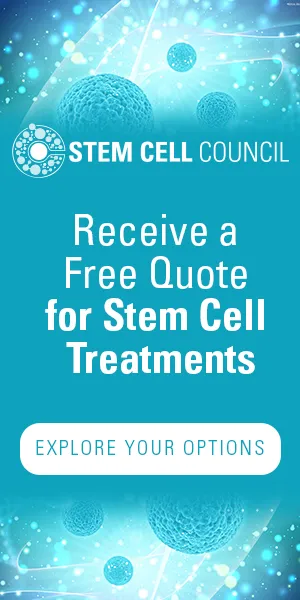Introduction
Strokes remain a leading cause of disability worldwide, affecting millions of people and challenging the medical community to continually evolve and improve therapeutic approaches. One of the most promising avenues for stroke rehabilitation is stem cell therapy, an innovative treatment option that has shown potential for promoting neural regeneration and functional improvements. This article will delve into the biological mechanisms of stem cell therapy, illustrating how it can enhance stroke recovery.
Understanding Stroke
Before we delve into the science of stem cell therapy, we must first understand what happens during a stroke. A stroke occurs when blood flow to a part of the brain is cut off, resulting in oxygen and nutrient deprivation that causes brain cells to die within minutes. This can lead to a range of physical, cognitive, and emotional impairments, depending on the stroke's location and severity.
Stem Cell Biology: An Overview
Stem cells are undifferentiated cells, meaning they have not yet specialized to perform specific functions. They are unique in their ability to self-renew or multiply while maintaining the potential to develop into other types of cells.
The two main types of stem cells employed in stroke treatment are embryonic stem cells (ESCs) and adult stem cells (or somatic stem cells). ESCs can differentiate into any cell type of the body, while adult stem cells, such as mesenchymal stem cells (MSCs), have a more limited differentiation capacity. However, MSCs are often preferred for their ease of extraction, lower risk of rejection, and ethical considerations.
Stem Cell Therapy and Stroke Rehabilitation
The use of stem cells in stroke rehabilitation primarily relies on their ability to promote neurogenesis (creation of new neurons), angiogenesis (creation of new blood vessels), and synaptogenesis (formation of new connections between neurons).
- Neurogenesis: Stem cells can differentiate into neurons, replacing the cells lost due to the stroke. They also secrete growth factors that can stimulate the patient's own neural stem cells to differentiate and proliferate, further supporting brain tissue repair.
- Angiogenesis: Restoring blood flow to the affected areas is a key part of stroke recovery. Stem cells release vascular endothelial growth factor (VEGF) and other factors that promote the formation of new blood vessels, improving circulation in the damaged region.
- Synaptogenesis: Stem cells can support the formation of new neural pathways, aiding in the restoration of brain functions. They release neurotrophic factors like brain-derived neurotrophic factor (BDNF) and glial-derived neurotrophic factor (GDNF) that stimulate synaptogenesis, enhancing the connectivity between neurons.
Functional Improvements and Clinical Trials
Numerous preclinical and clinical studies have demonstrated the potential of stem cell therapy in improving motor function, cognition, and quality of life after stroke. These improvements are attributed to the multi-pronged regenerative action of stem cells on the brain, as described above.
While the results are promising, further research and larger clinical trials are needed to refine the therapy, standardize protocols, and better understand the long-term outcomes and potential side effects.
Conclusion
Stem cell therapy represents a beacon of hope in the landscape of stroke rehabilitation, with its potential to promote neural regeneration and functional improvements. It harnesses the innate regenerative capacity of stem cells, aiming not just to treat symptoms but to restore damaged brain tissue.
As we continue to unravel the complex biology of stem cells and their interactions with the human brain, we inch closer to unlocking new therapeutic horizons in stroke rehabilitation.
If you want to learn more about stem cell treatment options or are considering this therapy for yourself or a loved one, we invite you to visit www.stemcellcouncil.com. Our dedicated team is ready to provide detailed information and answer any questions you may have about stem cell therapies.
We understand that the financial aspect of medical treatments is a crucial consideration for many patients. In light of this, we offer a free quote to all patients considering stem cell therapy. You can receive your personalized quote by following this link: www.stemcellcouncil.com/free-quote. We are committed to providing you with comprehensive, transparent information to support you in your health decisions.








